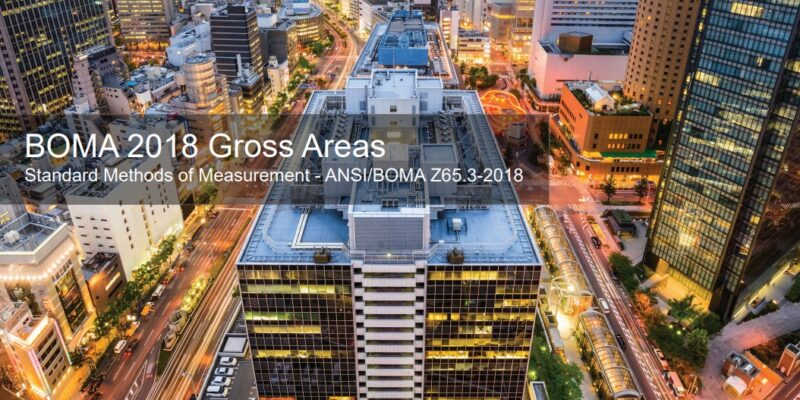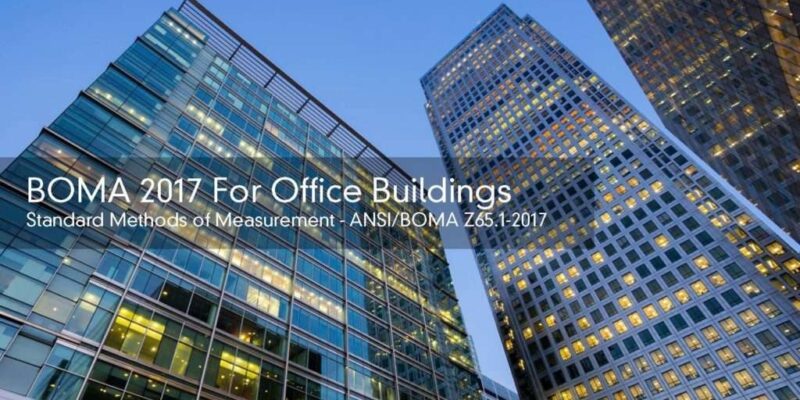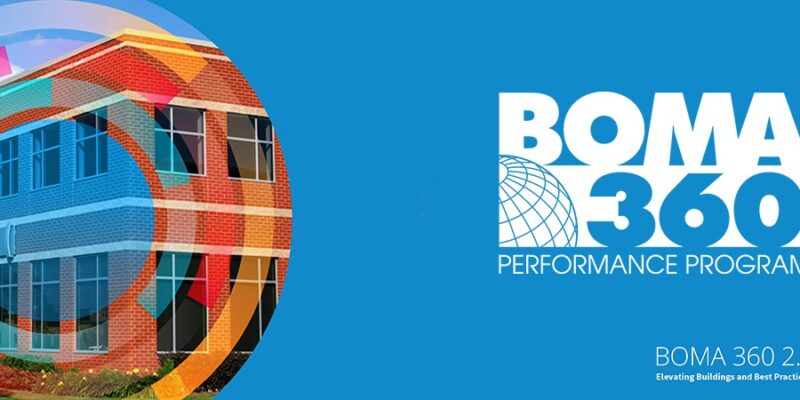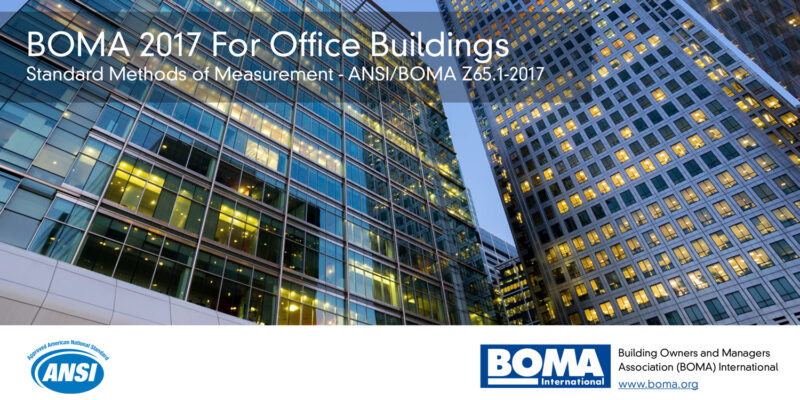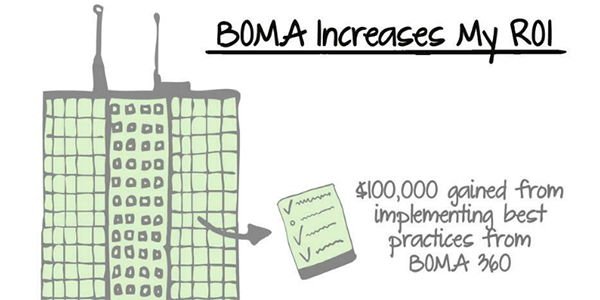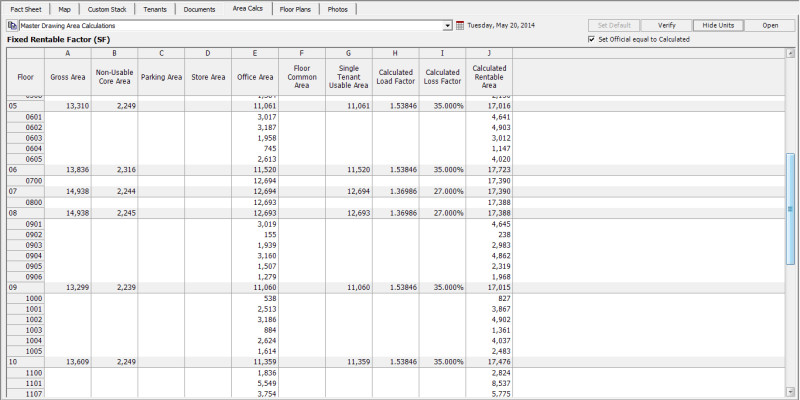Accurate computations are essential for maximizing the productivity and profitability of your property. Learn How to Do BOMA Calculations are a crucial instrument in the real estate and property management industries for accomplishing this. Building managers and owners can maximize the potential of their properties by comprehending and using these computations. In this post, we will walk you through the BOMA calculation procedure and highlight the significance of accuracy and adherence to BOMA standards.
Understanding BOMA Standards
What is BOMA?
One of the most critical organizations in the real estate market for creating standards that guarantee accurate and standardized measurements is the Building Owners and Managers Association (BOMA). Property professionals can make knowledgeable decisions and give their stakeholders transparent facts by following these guidelines.
BOMA Standards: 2017 vs. 2019
BOMA standards are periodically updated to reflect industry changes and best practices. Two commonly used standards are BOMA 2017 and BOMA 2019. Understanding the differences and implications of these standards is crucial for accurate calculations.
Components of How to Do BOMA Calculations
BOMA calculations involve several key components:
Gross Area
This includes the total floor area of the building, encompassing all spaces, even those not available for rent or use.
Rentable Area
Rentable area accounts for the space that is available for lease, excluding common areas or structural elements.
Usable Area
Usable area is the space within the premises that tenants can utilize for their specific needs.
Calculating these components accurately is essential for lease negotiations, tenant billing, and financial planning.
Benefits of Accurate BOMA Calculations
Accurate BOMA calculations offer a multitude of benefits:
- Informed Decision-Making: Property owners and managers can make well-informed decisions about space utilization and lease agreements.
- Cost Savings: Accurate measurements help identify areas where cost savings can be achieved.
- Transparent Transactions: Compliance with BOMA standards ensures transparency in real estate transactions.
Steps to Perform BOMA Calculations
Performing BOMA calculations requires a systematic approach. Here are the steps to follow:
- Measure the Property: Gather accurate measurements of the building’s spaces.
- Identify Common Areas: Distinguish between common areas and rentable or usable spaces.
- Apply BOMA Formulas: Utilize BOMA-standard formulas to calculate Gross, Rentable, and Usable areas.
- Verify Accuracy: Double-check your calculations to ensure precision.
- Document the Results: Maintain records of your calculations for reference.
Common Challenges and Pitfalls
Performing BOMA calculations may come with its set of challenges:
- Complex Spaces: Irregularly shaped or multi-purpose spaces can be challenging to measure accurately.
- Changing Standards: Staying up-to-date with evolving BOMA standards can be demanding.
To overcome these challenges, consider seeking expert guidance or utilizing specialized software tools.
Real-World Applications
BOMA calculations find applications in various scenarios:
- Lease Negotiations: Accurate measurements are essential for fair lease agreements.
- Space Optimization: Property owners can optimize space allocation for maximum profitability.
- Financial Planning: Precise calculations support accurate financial forecasting.
Keeping Up with BOMA Updates
Given the dynamic nature of the real estate industry, it’s crucial to stay informed about BOMA updates and revisions. Subscribe to industry publications, attend seminars, or join associations to ensure your compliance with the latest BOMA guidelines.
Conclusion
Learning How to Do BOMA Calculations is the first step to realizing the potential of your building. These metrics are the cornerstone of informed decision-making, cost reduction, and openness in the real estate and property management sectors. Recall that precise How to Do BOMA Calculations are essential to optimizing the value of your property and not just a compliance requirement.
We at Measure Up Corp. recognize how critical accuracy is while performing BOMA computations. Rely on us to assist you in realizing the full potential of your building. Now is the time to confidently begin calculating and uncovering the hidden potential in your home!



